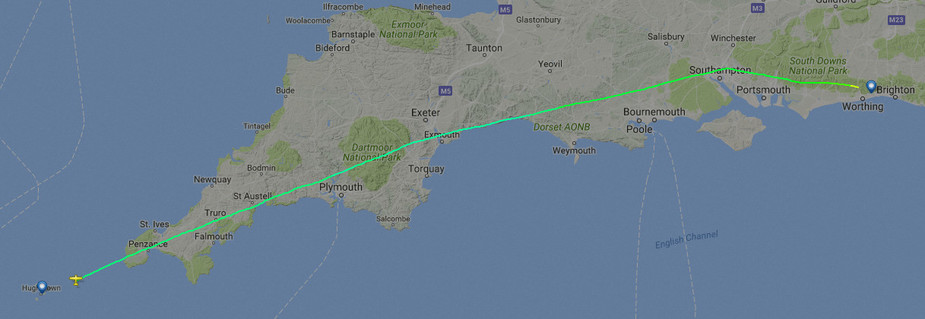LeSving wrote:
Are you sure this actually is ICAO ?
Even with a homebuilt you can file an ICAO compliant flight plan and receive ATC services. So the common types have a code. You can search for them here: www.icao.int/publications/DOC8643
Cool, didn’t know it was ICAO, I thought it was a local thing. Found my Onex, with the rather obvious type designator: ONEX 
Interesting that all Falcos, regardless of whether they are certified or home built, have the same ID.
As a little data point, on this VFR flight I had various squawks including 7000 yet the track is continuous, so FR24 doesn’t dump 7000. At least not simply so

If running Mogas the UK LAA Permit approval is for flight no higher than 6000feet.
alanr wrote:
If running Mogas the UK LAA Permit approval is for flight no higher than 6000feet.
Of course. “Low and slow” is always the safer option, if there is a possibility of vapor lock 
alanr wrote:
If running Mogas the UK LAA Permit approval is for flight no higher than 6000feet.
I know about vapour pressure and vapour lock but in simple aircraft with a simple, gravity fed fuel supply, ie. no pump or convoluted plumbing – liquid downhill – vapour uphill – no vapour traps, it works just fine.
However, you can’t do that in a low wing plane. That will always need a pump.
Peter wrote:
However, you can’t do that in a low wing plane. That will always need a pump.
Not everyone has wingtanks. ;)